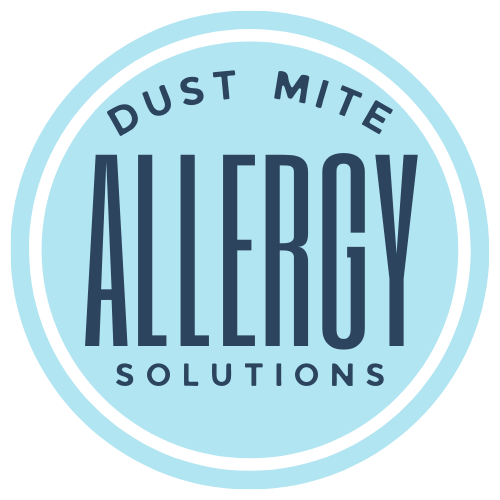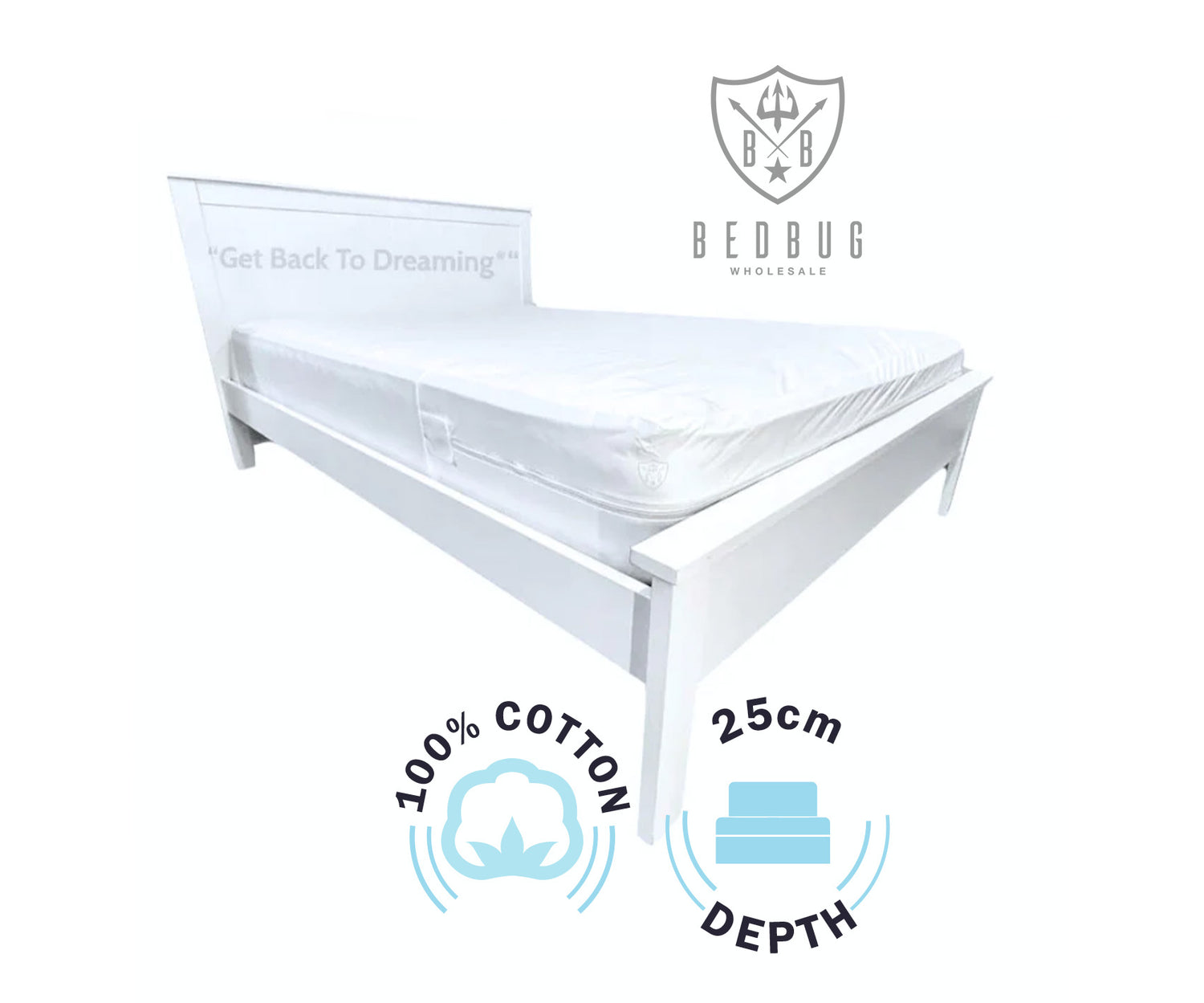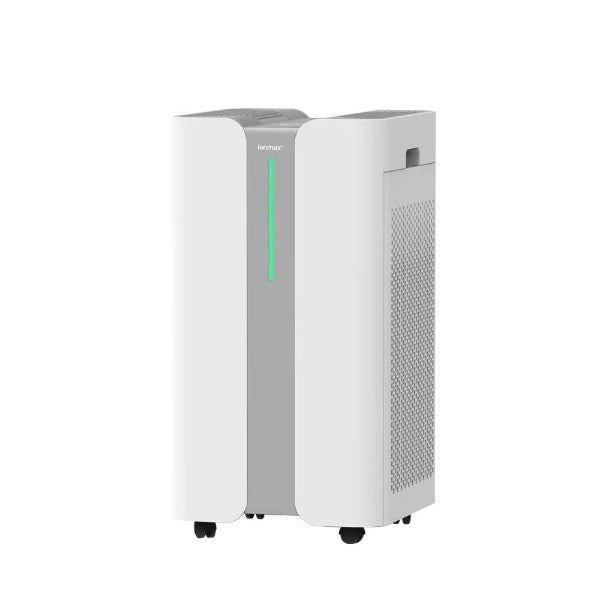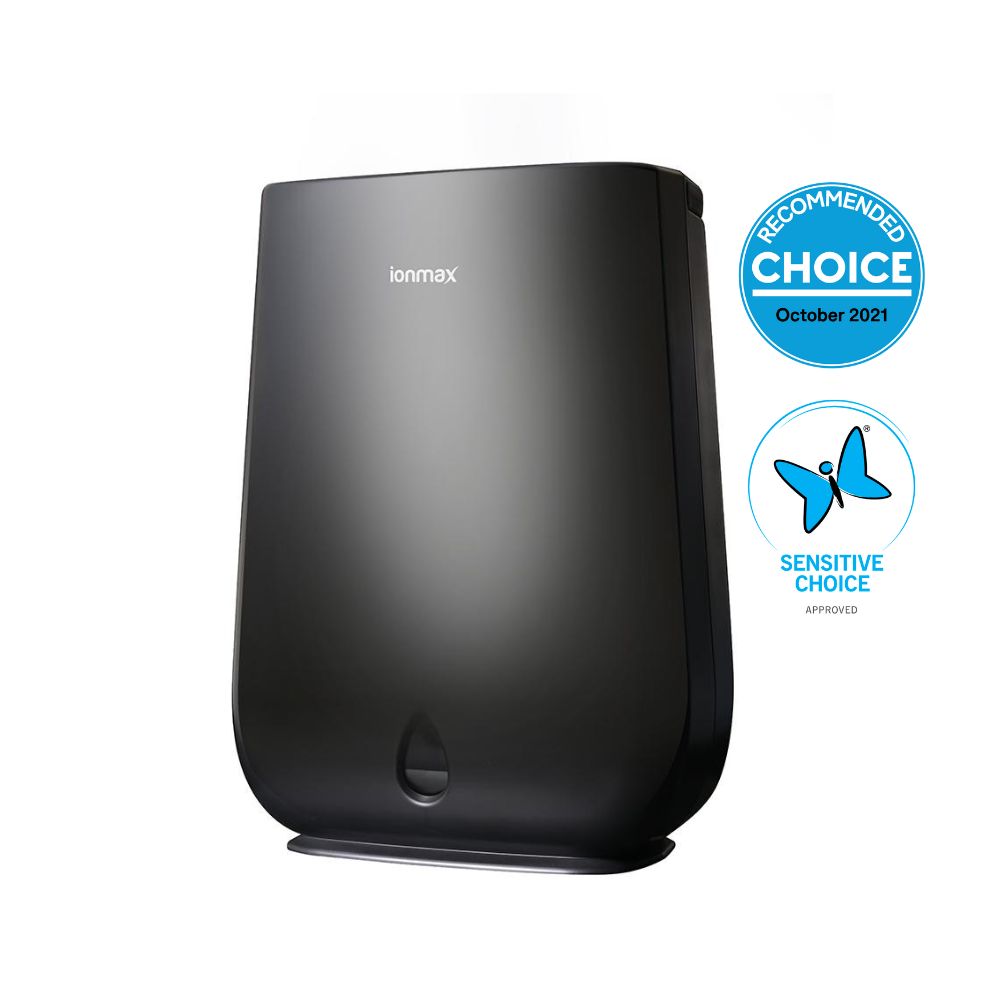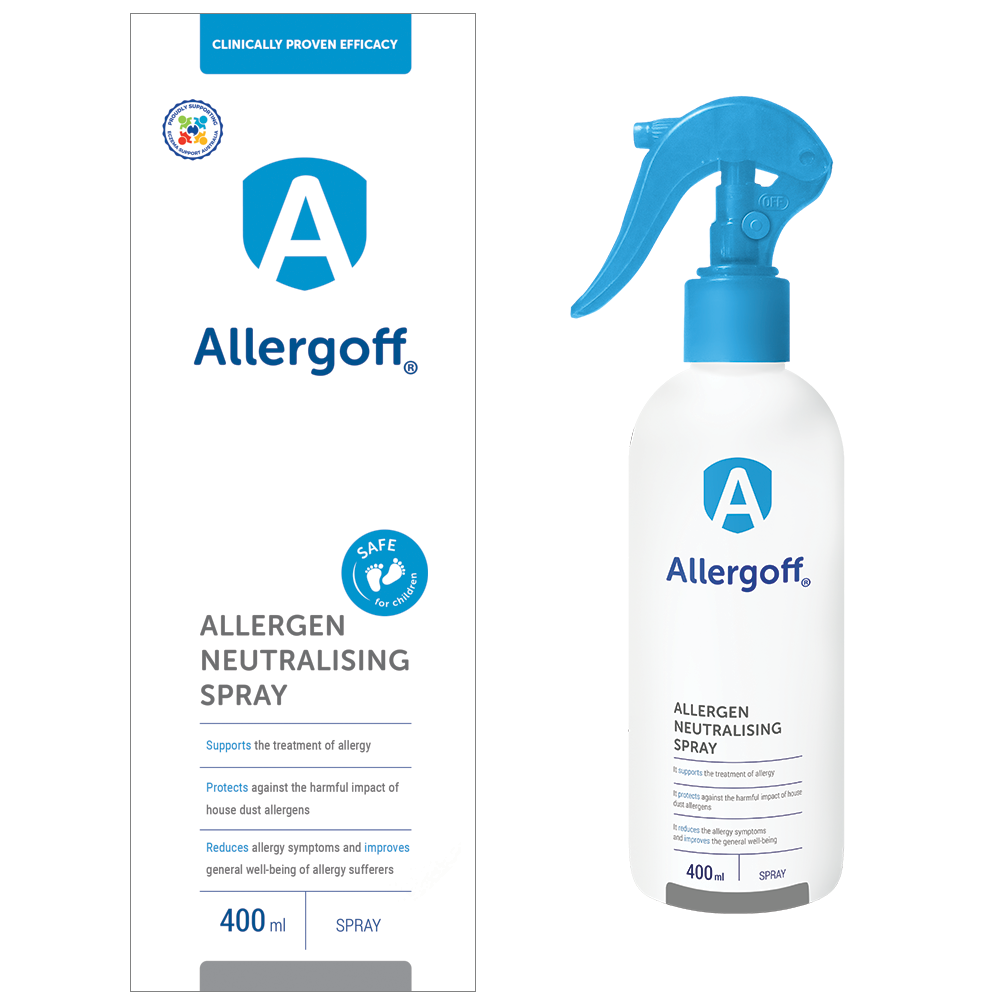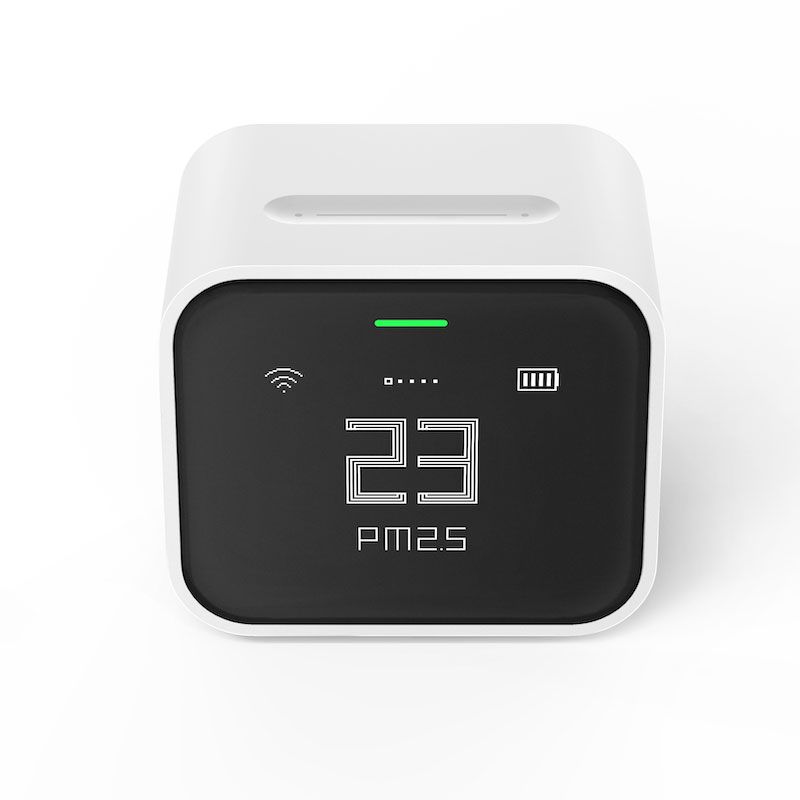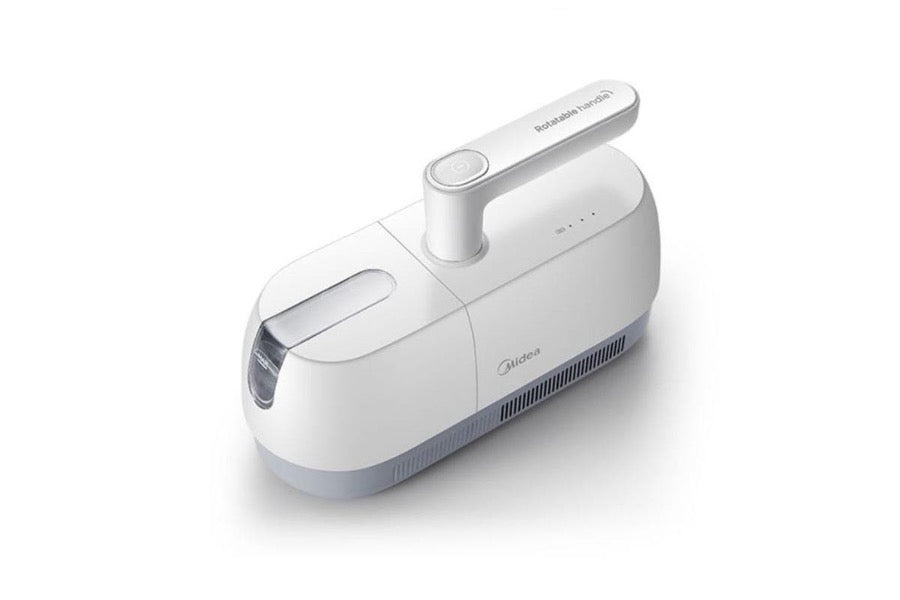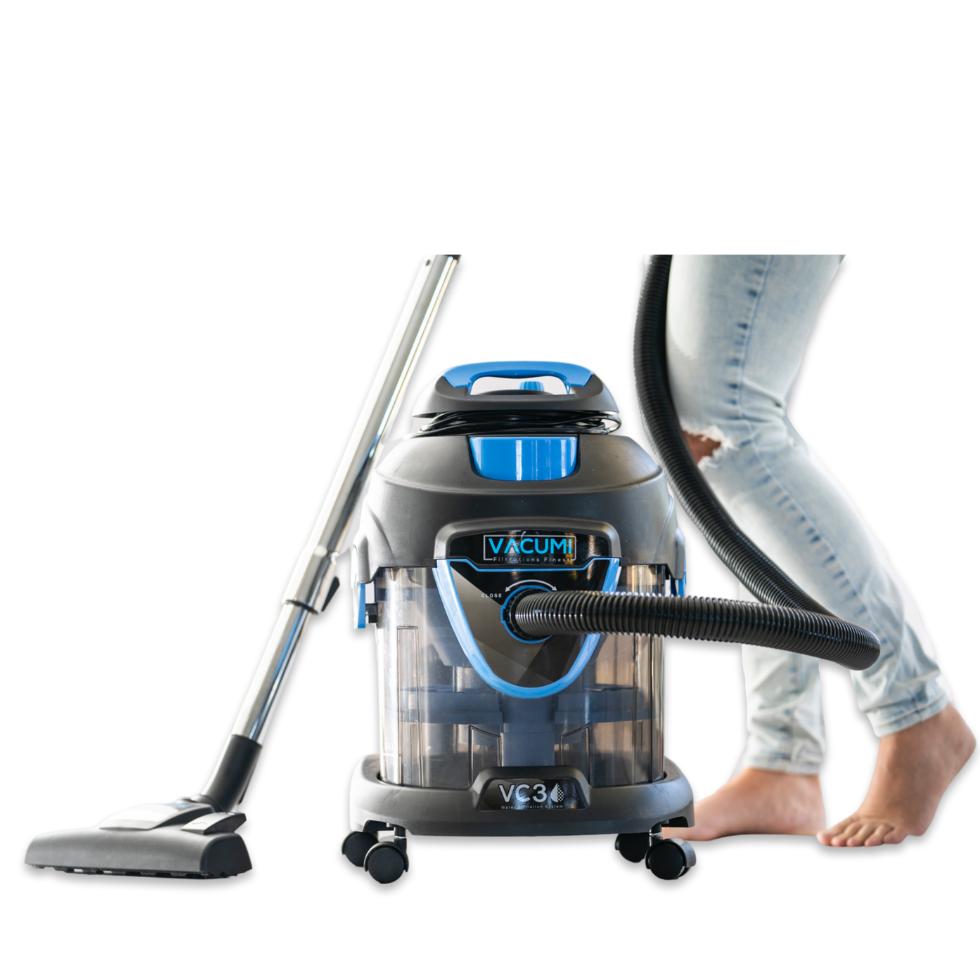Are you constantly sneezing and waking up with itchy eyes? You might have a dust mite infestation in your mattress.
Do Dust Mites Live in Mattresses?
Mattress - How to See Dust Mites
What Are Dust Mites?
How to Get Rid of Dust Mites in Mattress?
How to Know if You Have Dust Mites in Your Mattress
The Health Risks Associated with Dust Mites
Steps to Get Rid of Dust Mites
Use a Comprehensive Strategy to Effectively Get Rid of Dust Mites
Do Dust Mites Live in Mattresses?
Depending on the age and condition of your mattress, local climate, and hygiene practices, it's estimated that there can be hundreds of thousands to millions of dust mites in a single mattress.
However, there are steps you can take to minimise the effect of dust mites on your allergies. In this step-by-step guide, you'll get all the tips and tricks to eliminate dust mites from your mattress.
Mattress - How to See Dust Mites
Dust mites in mattresses are invisible to the naked eye, being microscopic in size. However, their presence can be inferred through certain signs. If you experience an increase in allergy symptoms like sneezing, runny nose, or itchy eyes, especially after spending time in bed, it's a strong indicator of dust mites. Another method to detect them is to use a small handheld microscope or a magnifying glass to examine the mattress surface, particularly in seams and crevices, for tiny, spider-like creatures.
What Are Dust Mites?
Dust mites are microscopic creatures that thrive in warm and humid environments, making your mattress an ideal breeding ground. They feed on dead skin cells and their droppings can trigger allergic reactions, causing discomfort and affecting your sleep quality.
How to Get Rid of Dust Mites in Mattress?
To eliminate dust mites, it's essential to regularly clean and maintain your mattress. We'll walk you through the process, starting with a thorough vacuuming to remove any surface debris. Next, we'll share effective strategies for deep cleaning and disinfecting your mattress, ensuring that dust mites are eradicated.
Additionally, we'll provide tips on how to prevent dust mites from returning, such as using allergen-proof mattress covers and washing your bedding regularly. With our step-by-step guide, you'll have a dust mite-free mattress, allowing you to sleep peacefully and breathe easier.
How to Know if You Have Dust Mites in Your Mattress
The presence of dust mites in a mattress can cause a range of health problems, especially for those with allergies or asthma. Identifying a dust mite infestation is the first step towards eliminating them from your mattress.
To determine if your mattress is infested with dust mites, look out for the following signs:- Frequent sneezing, coughing, or a runny nose upon waking up
- Itchy, red, or watery eyes
- Skin rashes or eczema flare-ups
- Difficulty breathing or wheezing, especially at night
Use a Comprehensive Strategy to Effectively Get Rid of Dust Mites
Individuals with dust mite allergies typically react to proteins present in the feces and body parts of these tiny organisms. The main culprits responsible for allergic reactions are two common species of dust mites: Dermatophagoides pteronyssinus (European house dust mite) and Dermatophagoides farinae (American house dust mite).
The primary allergenic proteins produced by dust mites are located in their feces. As the mites consume skin cells, they generate waste that contains enzymes capable of breaking down these cells. When disturbed, such as during activities like making the bed or sitting on upholstered furniture, the proteins in the feces, along with other components of the mite's body, become airborne.
For individuals with allergies or asthma, exposure to dust mites can worsen symptoms and affect their quality of life.
Common health issues associated with dust mite allergies include:- Allergic rhinitis: Symptoms include sneezing, congestion, runny nose, and itchy eyes.
- Asthma: Dust mite allergens can trigger asthma attacks, leading to coughing, wheezing, and difficulty breathing.
- Eczema: People with eczema may experience skin rashes, itchiness, and inflammation due to dust mite allergens.
By eliminating dust mites from your mattress, you can reduce the risk of these health problems and enjoy a better night's sleep.
Steps to Get Rid of Dust Mites in Mattress
Step 1: Vacuuming your mattress and bed
- The first step in eliminating dust mites from your mattress is to thoroughly vacuum and dust the surface. This will help remove any loose debris, dead skin cells, and dust mite droppings that may be present. Follow these steps to effectively clean your mattress:
- Start by removing all bedding, including sheets, pillowcases, and mattress covers.
- Use a vacuum cleaner with a high-efficiency particulate air (HEPA) filter to vacuum the entire surface of the mattress. Pay special attention to the seams, crevices, and edges.
- After vacuuming, wipe the mattress with a clean, damp cloth to remove any remaining dust or debris.
- Allow the mattress to air dry completely before moving on to the next step.
By regularly vacuuming and dusting your mattress, you can significantly reduce dust mite populations and create a healthier sleeping environment.
Step 2: Washing, drying and freezing your bedding
In addition to cleaning your mattress, it's crucial to regularly wash and dry your bedding to eliminate dust mites and their allergens. Follow these guidelines for washing and drying your bedding effectively:
- Consider purchasing allergy-friendly bedding.
- Sheets, pillowcases, and mattress covers should be washed in hot water (at least 54°C) to kill dust mites and remove allergens. Use a mild detergent that is free of fragrances and dyes.
- If possible, consider using a dryer with a high heat setting or air-drying your bedding in direct sunlight. Both methods can help kill dust mites and their eggs.
- Wash your bedding at least once a week to maintain a clean and dust mite-free sleeping environment.
- Freeze your bedding to get rid of dust mites before using it as it will freeze and kill dust mites and their eggs.
Step 3: Using dust mite mattress, pillow and duvet protectors
To further protect your mattress from dust mites, consider investing in allergen-proof covers for mattress, pillows and duvet. These specially designed covers act as a barrier, preventing dust mites from penetrating your mattress and establishing a new infestation. Here's how to use them effectively:1. Select mattress and pillow encasements that are specifically designed to be allergen-proof.
2. Carefully encase your mattress and pillows with the allergen-proof covers. Make sure all sides are securely sealed to prevent dust mites from entering or escaping.
3. Regularly inspect the covers for any tears or damage. If you notice any, replace them immediately to maintain an effective barrier against dust mites.
Step 4: Regularly washing and drying stuffed animals and pillows
Stuffed animals and pillows can harbour dust mites and their allergens, especially if they are frequently in contact with your mattress. To keep these items dust mite-free, follow these steps:
1. Wash stuffed animals and pillows in hot water (at least 54°C) to kill dust mites and remove allergens. Check the care labels for specific washing instructions.
2. If the items are not machine washable, place them in a plastic bag and freeze them for 24 hours. This will kill any dust mites present.
3. After washing or freezing, thoroughly dry the items in a dryer or in direct sunlight to ensure all dust mites and their eggs are eliminated.
Regularly washing and drying stuffed animals and pillows will help maintain a dust mite-free sleeping environment and reduce the risk of allergic reactions.
Step 5: Keeping the bedroom clean and clutter-free
In addition to cleaning your mattress and bedding, it's essential to keep your bedroom clean and clutter-free to prevent dust mites from returning. Follow these tips to maintain a dust mite-free sleeping environment:
- Vacuum and dust your bedroom regularly, paying attention to areas where dust accumulates, such as baseboards, curtains, and furniture.
- Minimise the use of carpets and rugs, as they can harbor dust mites and their allergens. Opt for hardwood or tiled floors instead.
- If you have a pet, keep them out of the bedroom, as they can introduce allergens that attract dust mites.
- Avoid using excessive amounts of stuffed animals, decorative pillows, or other items that collect dust. Keep your bedroom as clutter-free as possible.
Use a comprehensive strategy to effectively get rid of dust mites in mattress
Here are a few additional tips to help prevent dust mites from infesting your mattress and home:
- Maintain optimal humidity levels in your bedroom. Dust mites thrive in humid environments, so using a dehumidifier or air conditioner can help reduce their populations.
- Consider using a HEPA air purifier in your bedroom to filter out dust mite allergens and other airborne particles.
- Wash your bedding in hot water at least once a week to kill dust mites and remove allergens effectively.
- Avoid hanging your bedding or clothes outside to dry, as pollen and other allergens can cling to them.
- Regularly replace or clean air filters in your HVAC system to prevent dust mites and other allergens from circulating in your home.
Read our comprehensive guide to get rid of dust mites in every room of your house.

